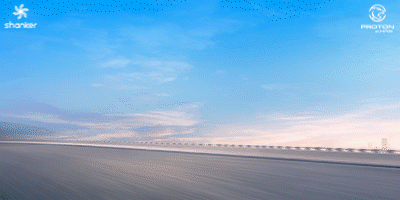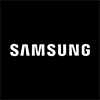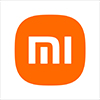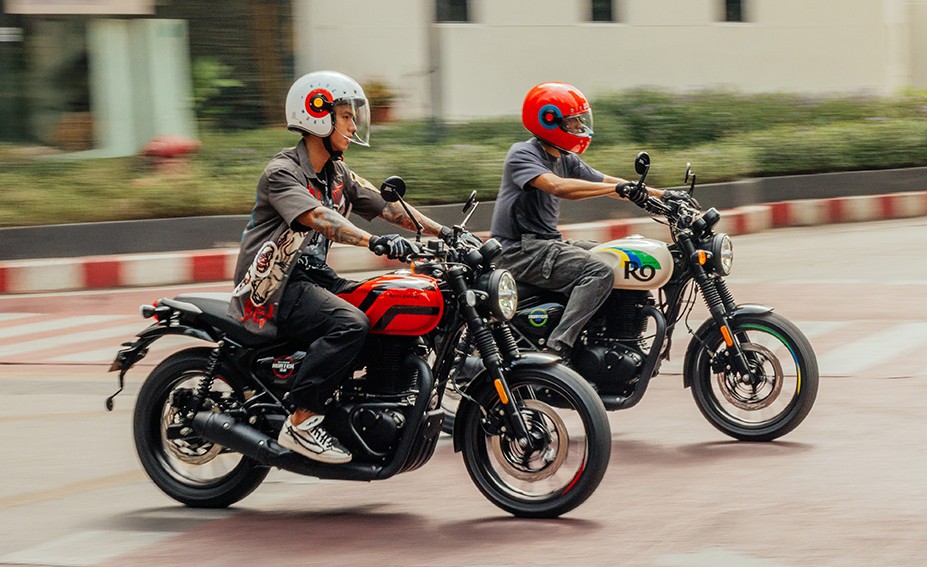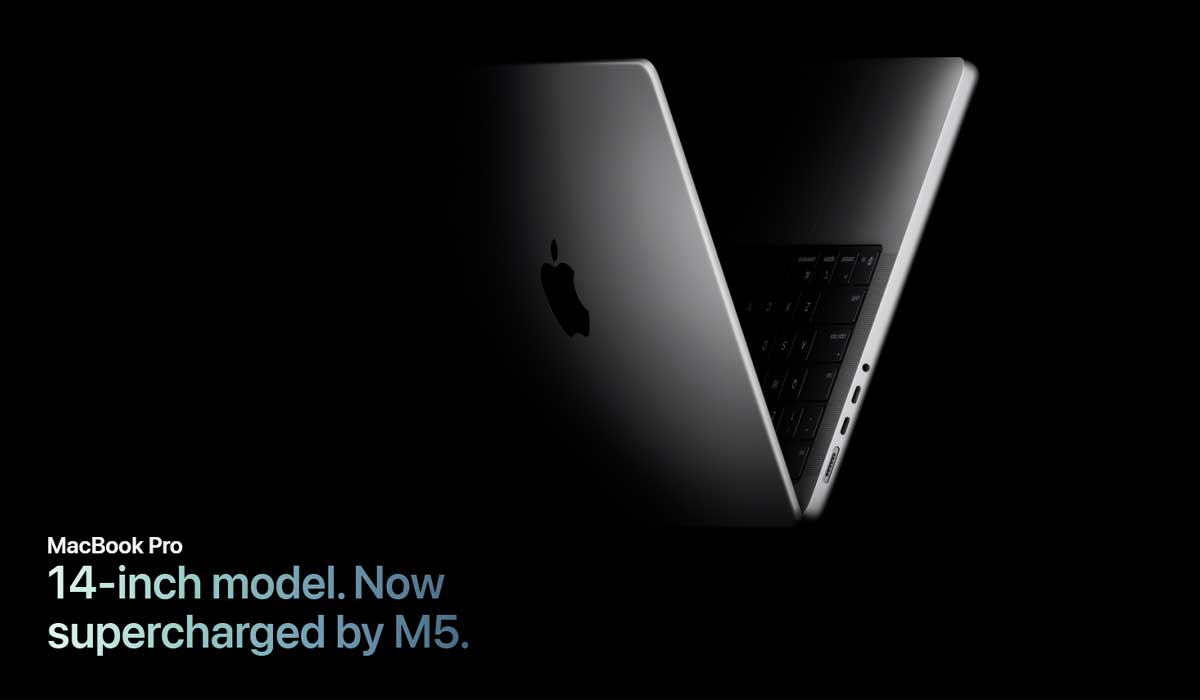The Good
- Impressive display
- Glass back
- Good performance
- Good battery
- Good Rear and Front camera
The Bad
- Average low light camera performance
- Software optimization required
Redmi Note series is one of the most popular series in the midrange segment. The Note series has always produced an excellent phone for the price.
This year they have updated the Note lineup with the Note 9, Note 9 Pro, and Note 9 Pro Max. I used the Redmi Note 9 Pro for a week and here is what I have to say about it.
Redmi Note 9 Pro Specifications
- Body: 165.8 x 76.7 x 8.8 mm, 209 g, Dual SIM (Nano-SIM, dual stand-by)
- Display: 6.67 inches IPS LCD, 1080 x 2400 Resolution, 20:9 Aspect Ratio, 395 ppi, Corning Gorilla Glass 5
- Chipset: Qualcomm SM7125 Snapdragon 720G (8 nm)
- CPU: Octa-core (2×2.3 GHz Kryo 465 Gold & 6×1.8 GHz Kryo 465 Silver)
- GPU: Adreno 618
- Memory: 128GB ROM 6GB RAM, UFS 2.1
- OS: Android 10, MIUI 11
- Rear Camera: 48 MP, f/1.8, 26mm (Wide), 1/2.0″, 0.8µm, PDAF
- 8 MP, f/2.2, 119˚ (Ultrawide), 1/4.0″, 1.12µm
- 5 MP, f/2.4, (Macro), 1/5.0″, 1.12µm, AF
- 2 MP, f/2.4, (Depth)
- Video: 4K@30fps, 1080p@30/60/120fps, 720p@960fps
- Front Camera: 16 MP, f/2.5, (wide), 1/3.1″ 1.0µm
- Video: 1080p@30 fps
- Battery: Non-removable Li-Po 5020 mAh battery, Fast charging 18W
- USB: 2.0, Type-C 1.0 reversible connector, USB On-The-Go
- Misc: Fingerprint (side-mounted), Accelerometer, Gyro, Proximity, Compass, 3.5mm Headphone jack
- Colors: Interstellar Black
Redmi Note 9 Pro Price in Nepal: Rs. 29,999
Redmi Note 9 Pro Overview
Premium Design
- 165.8 x 76.7 x 8.8 mm
- 209 g
- Dual SIM (Nano-SIM, dual stand-by)
Redmi Note 9 Pro has a premium glass rear protected by Gorilla Glass 5. It is one of the few phones that provides a glass back.
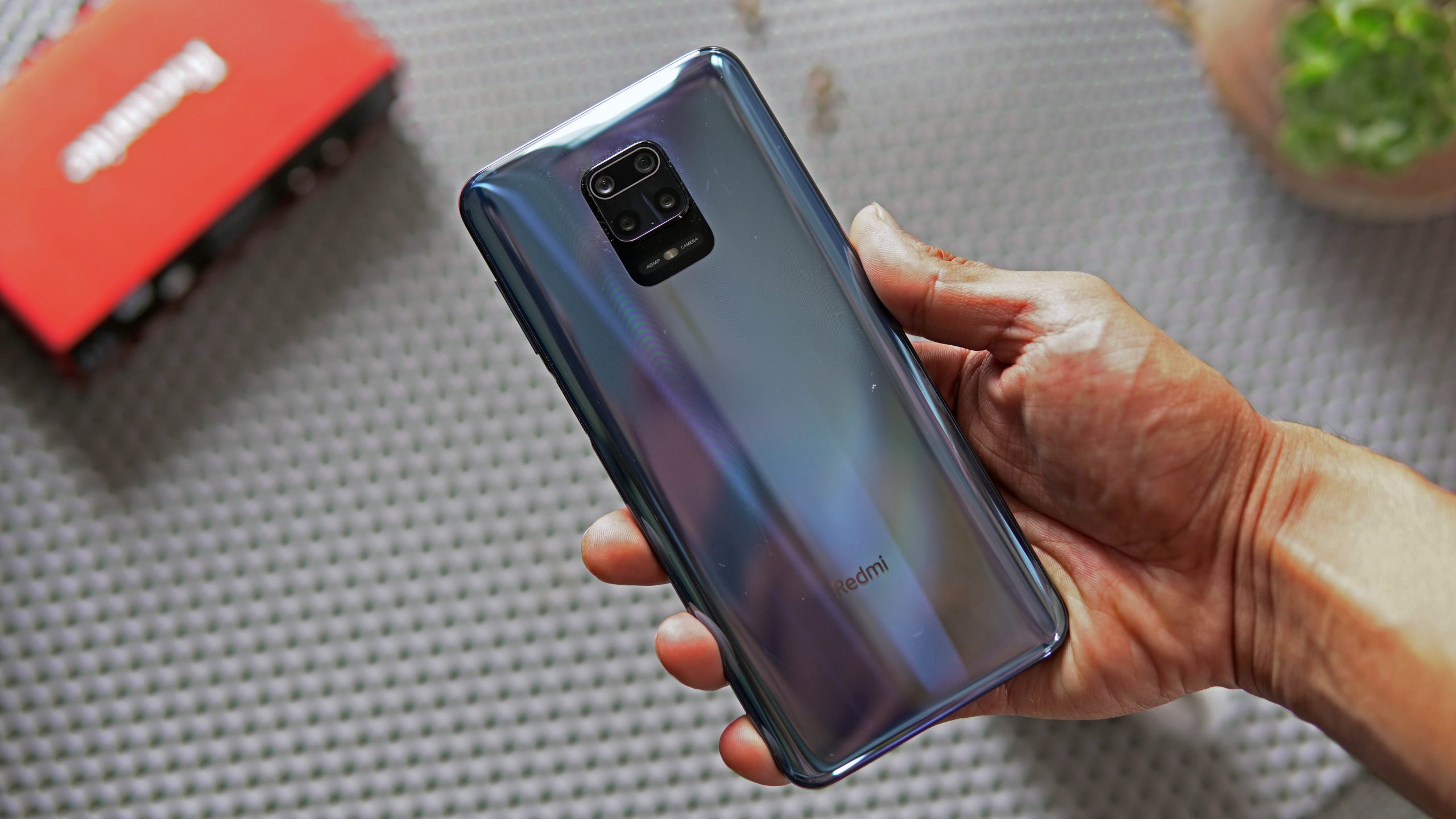
I love the design of the Redmi Note 9 Pro compared to the Redmi Note 8 Pro. The square-shaped camera module looks unique, unlike the Note 8 Pro’s vertical camera stack. Also, the fingerprint is now side-mounted. Since, its a glass back, fingerprints will register really easy.
On the front, it gets a punch-hole design. It has the hole-punch right on the center which is fine but I prefer it on the left side of the display. On the bottom, it has a USB Type C port, Speaker, and a headphone jack.

All of the buttons are on the right side where the power button also doubles up as a fingerprint sensor. On the left side, there’s a sim tray slot whereas it gets an IR blaster and a secondary mic on the top.
During my usage, I felt the Redmi Note 9 Pro to be slightly big for a single hand usage. It’s comfortable to hold and doesn’t feel slippery but one hand usage is not comfortable. Redmi Note 9 Pro is one of the best-looking devices for the price.
FHD 60Hz Display
- 6.67 inches IPS LCD
- 1080 x 2400 Resolution
- 20:9 Aspect Ratio
- 395 PPI
- 60Hz panel
- Corning Gorilla Glass 5
Redmi Note 9 Pro has a 6.67 inch 1080×2400 (FHD+) IPS LCD display. It’s a 60Hz panel with good color reproduction. I was using the Realme 6 side by side the Redmi Note 9 Pro and the colors on the Redmi Note 9 Pro felt better than the Realme 6.
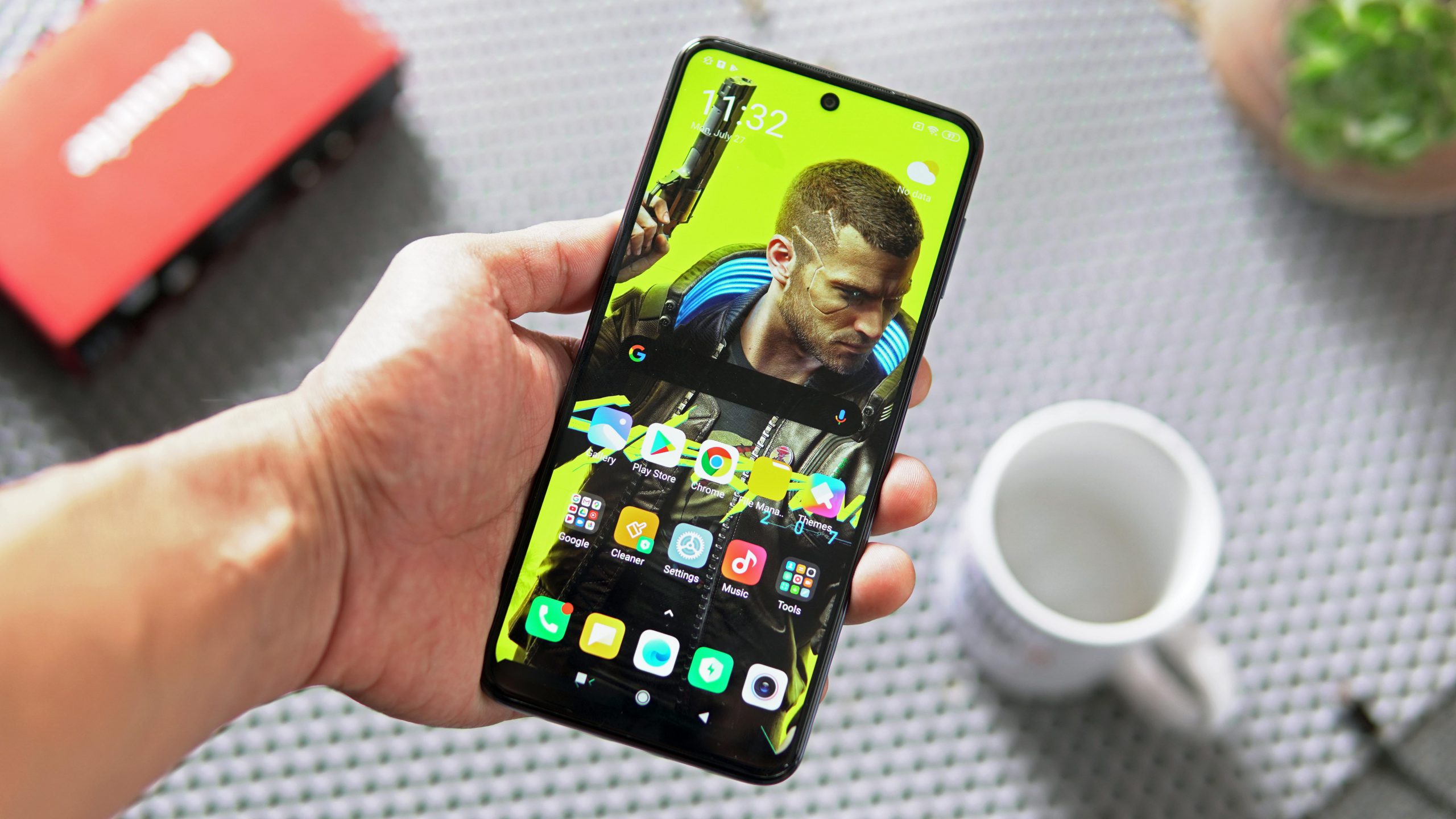
There’s a black border around the hole-punch but I was not disturbed by it during my review period. Due to the hole-punch, it has minimal bezels which largely improves the viewing experience. The LCD panel has really good brightness and I didn’t have any problem using the phones outdoors under sunlight.
ALSO READ: Redmi 9 Review: Simply The Best Budget Phone
Furthermore, watching content on the Redmi 9 Pro is very enjoyable. The colors are slightly saturated and the big screen really helps in the viewing experience.
Camera
- Rear Camera: 48 MP, f/1.8, 26mm (Wide), 1/2.0″, 0.8µm, PDAF
- 8 MP, f/2.2, 119˚ (Ultrawide), 1/4.0″, 1.12µm
- 5 MP, f/2.4, (Macro), 1/5.0″, 1.12µm, AF
- 2 MP, f/2.4, (Depth)
- Video: 4K@30fps, 1080p@30/60/120fps, 720p@960fps
- Front Camera: 16 MP, f/2.5, (wide), 1/3.1″ 1.0µm
- Video: 1080p@30 fps
48MP Main Sensor
One of the biggest complaints on the Redmi Note 9 Pro has been its 48MP camera compared to the 64MP camera on its bigger brother Redmi Note 9 Pro Max.
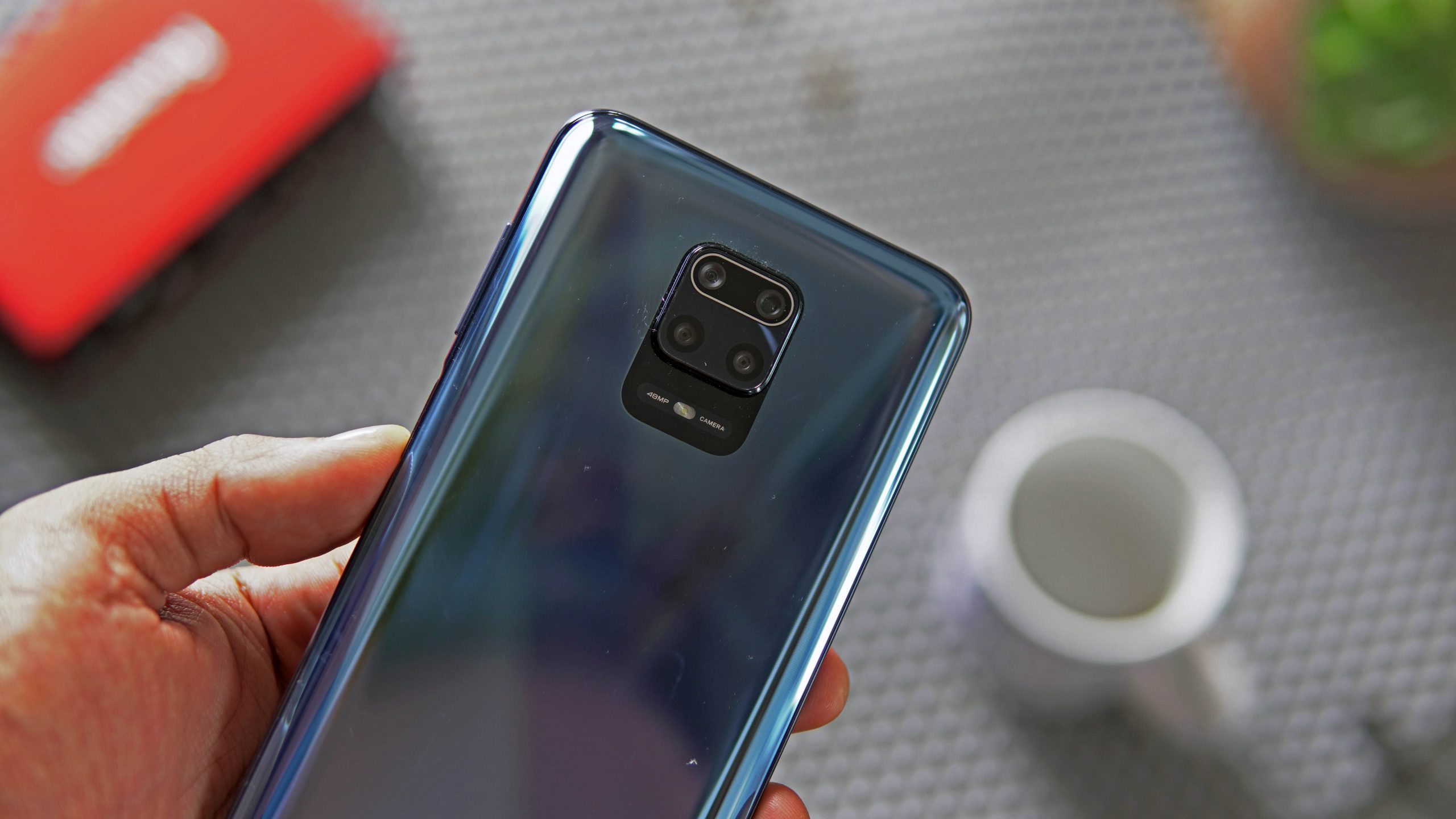
It uses the 48MP Samsung ISOCELL GM2 sensor which is also used on Samsung Galaxy M21. By default, it takes 12MP photos and results are quite good. It has good details with punchy colors and photos are impressive under good lighting conditions.
But it’s dynamic range is not as impressive and loses out details on the darker areas. The HDR feature is also hit and miss. Sometimes the Auto HDR was not working in high dynamic range situations so I had to manually turn on the HDR. Most of the time it won’t disappoint you.
If you want more details, you can use the 48MP mode as well. But you will find that HDR doesn’t work in the 48MP mode and photos will not be as appealing. Also, 48MP photos look darker than the 12MP images.
48MP photos can be useful if you’re someone who likes to do some post-processing but I would prefer 12MP photos all the time.
ALSO READ: Samsung Galaxy M31 Camera Review: Impressive Mid-range Snapper
Night Mode
So, how’s the night mode? Well, it’s not bad but it’s not always good. It’s obvious that photos will have low details and will look noisy in low light conditions. But there were some times when the image would look really blur.
You can use night mode to improve the quality and it really helps to bring more light into the picture and it will help you to get more details. Its night mode is decent but the low-light performance of the Redmi Note 9 Pro is just average.
Ultrawide Angle Goodness
For the ultrawide angle camera, the Note 9 Pro uses an 8MP sensor. Though I would have liked a 12MP sensor, it’s 8MP sensor is pretty good during daylight. However, Ultrawide images do not maintain the same color profile as that of the main sensor. the pictures from the ultrawide angle look more natural.
The images look quite sharp but you will notice slight noise around the edges. Also, its dynamic range could have been better.
Portrait Mode
Portrait mode on the Redmi Note 9 Pro works well. The good thing is that the background blur doesn’t look like a totally fake blur effect. The edge detection also does a nice job but it will struggle in some tough areas like hair. The HDR also does a decent job of controlling the highlight on the background.
Macro Mode
Last but not least, it has a 2MP macro sensor which is only average. You won’t get good details but I found the Redmi Note 9 Pro’s macro camera to be better than the Realme 6’s macro camera. The pictures have popping colors and are quite fine for social media.
Front camera
Now on to the front camera, I like it. The 16MP sensor takes some good photos with good details. Though it doesn’t have great details I really like the HDR on the front camera. What I don’t like is the fact that it does some skin smoothing in default mode.
Portrait selfies are also good. You will find that the HDR does a really good job of maintaining details on the background. Likewise, background blur and edge detection are also nice.
Video
Redmi Note 9 Pro supports video up to 4k 30fps videos. Then it supports 1080p 60 and 1080p 30. The 4k footages are crisp with lots of details and popping colors. I like the videos from the Redmi Noe 9 Pro compared to the Realme 6.
READ ALSO: Xiaomi Mobiles Price in Nepal: Features and Specs
However, its low light performance is not good. I was capturing video early in the morning on a cloudy day and the footage came out noisy and it was constantly suffering to maintain a good exposure.
Performance
- Qualcomm SM7125 Snapdragon 720G (8 nm)
- Octa-core (2×2.3 GHz Kryo 465 Gold & 6×1.8 GHz Kryo 465 Silver)
- Adreno 618
- 128GB ROM 6GB RAM, UFS 2.1
Xiaomi opted to go with MediaTek on the Redmi Note 8 Pro but they have shifted back to Qualcomm with the Redmi Note 9 Pro as it rocks Snapdragon 720G. It has a quad-core CPU with a max clock of 2.3 GHz and an Adreno 618 GPU.
If we compare the Snapdragon 720G with Helio G90T used on the Note 8 Pro, the 720G has a better CPU score than G90T but the G90T pulls ahead in terms of GPU scores.
Irrespective of the numbers, both of the chipset will provide identical performances but Snapdragon 720G is more efficient than the G90T as it’s built-in an 8nm process whilst G90T is built in a 12nm process. This will ultimately lead to better battery and thermals on the Snapdragon 720G.
In real life usage, Redmi Note 9 Pro sails through general tasks and I didn’t notice any hiccups. The games run fine as well. I played PBUG and COD mobile and the games run pretty good. But, it doesn’t run the games as good as Realme 6 that uses G90T.
Also, I noticed that there were some frame drops when I was playing PUBG mobile. This issue seemed to be limited to the PUBG mobile as I didn’t have any problem with the COD mobile.
Security
In terms of unlocking options, you can use the fingerprint sensor or face unlock but I prefer the fingerprint sensor. It’s very quick and reliable.
If you prefer, you can use face unlock as well. And, it’s quick and reliable too. It can unlock even in dark situations.
Speaker
The speaker on the Redmi Note 9 Pro is loud enough and has good clarity. However, it feels slightly distorted in the max volume but I being very nitpicky here. Again, I like the speaker of the Redmi Note 9 Pro than that of Realme 6.
Battery and Charging
- Non-removable Li-Po 5020 mAh battery, Fast charging 18W
- 2.0, Type-C 1.0 reversible connector, USB On-The-Go
On average I was getting around 7 hours of screen on time and it can last for more than a day easily. However, it doesn’t get the 30W fast charging which we can find on the Note 9 Pro Max.
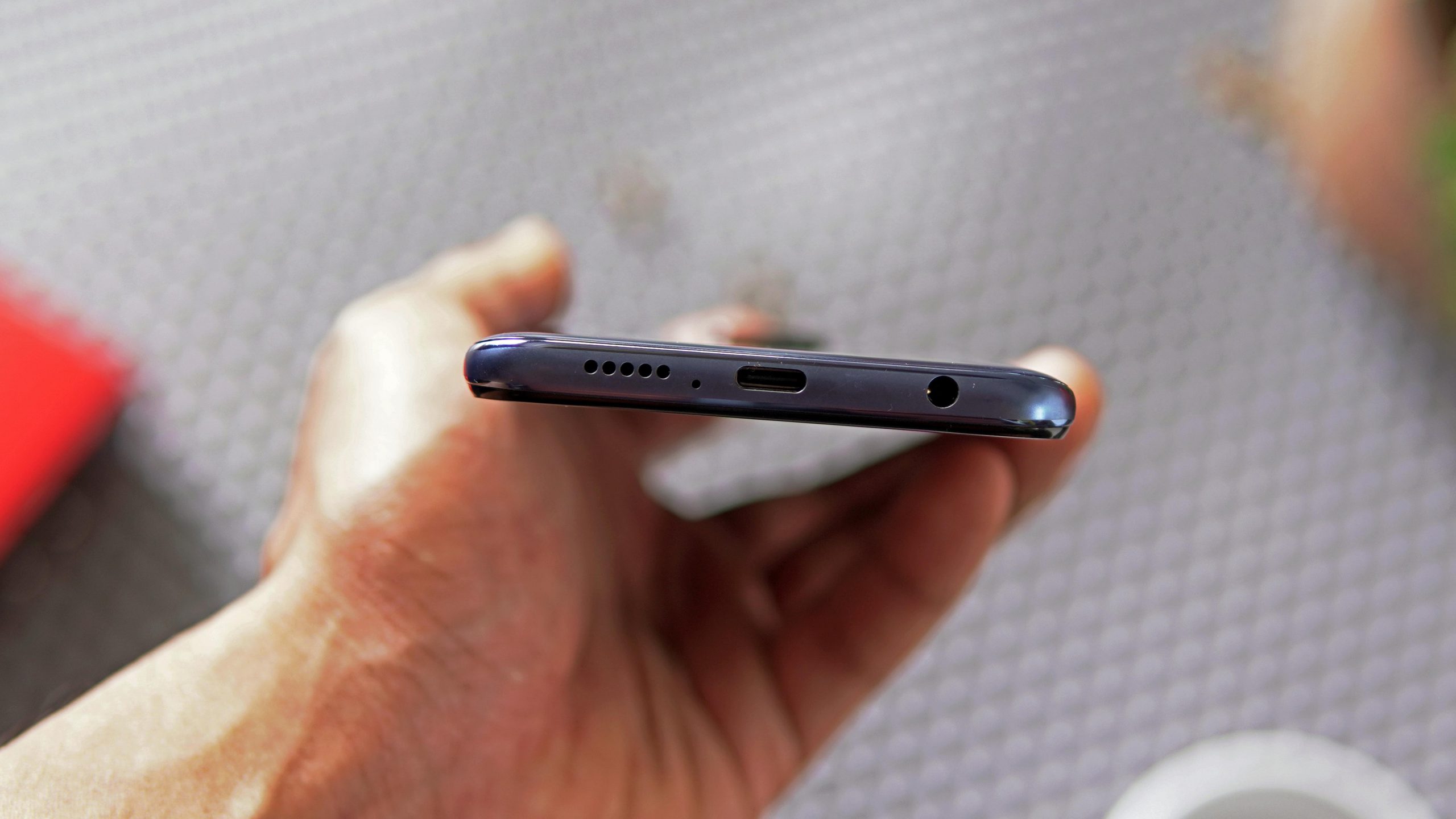
Its 18W fast charge takes more than 2 hours to charge it from 0 to 100%.
Software
- Android 10, MIUI 11
Redmi Note 9 Pro runs on MIUI 11 on top of Android 10. What I like about the MIUI is the notification and toggle screen. It looks clean and appealing. I also like the volume controls on the MIUI 11.
The settings page could be better though. It can be simplified and made much easier to use. Also, I don’t like the icons used on MIUI 11. Then the most annoying thing was I had to use the Poco launcher just to use the App drawer.
The software experience doesn’t feel optimized on the Redmi Note 9 Pro.
Should You Buy Redmi Note 9 Pro?
Redmi Note 9 Pro is a good phone given its price. It has a good display, good battery, nice speaker, and the camera feels quite good.
I was satisfied with the performance as well but ofcourse you can opt for Redmi Note 8 Pro if you want a better gaming experience. Or you can opt for the Note 9 Pro Max which has 30W fast charging and a better camera sensor but you will need to add some cash for it.
So, Redmi Note 9 Pro is a good phone but it’s in a weird position where its own siblings Redmi Note 8 Pro and Redmi Note 9 Pro Max feel much better and cost quite similar. It doesn’t feel like an upgrade to the Redmi Note 8 Pro. Redmi Note 8 Pro has similar CPU performance and better gaming performance. On top of that, it uses the 64MP camera sensor which is found on the Note 9 Pro Max.
But I do like the design of the Note 9 Pro than the Note 8 Pro. So if you don’t do much gaming, you can go for the Redmi Note 9 Pro. Else, go for the Redmi Note 8 Pro or Redmi Note 9 Pro Max.
I hope you like our review of Redmi Note 9 Pro. If you have any questions regarding this device, then drop it in the comments below. I will try my best to answer each of them.
-
2025 Royal Enfield Hunter 350 Launched in Nepal: LED Headlamp, Slipper Clutch & Dual ABSHIGHLIGHTS The Royal Enfield Hunter 350 price in Nepal ranges from Rs. 4.95 Lakhs to…
-
Enco Buds3 Pro Launches in Nepal: Cheapest TWS from OPPOHIGHLIGHTS OPPO Enco Buds3 Pro price in Nepal is Rs. 3,499. The earbuds feature a…
-
MacBook Pro M5 14-inch Lands in Nepal at Rs. 2.79 Lakh: Worth the Wait?HIGHLIGHTS Apple MacBook Pro 14 M5 price in Nepal starts at Rs. 2,79,500. The design…


